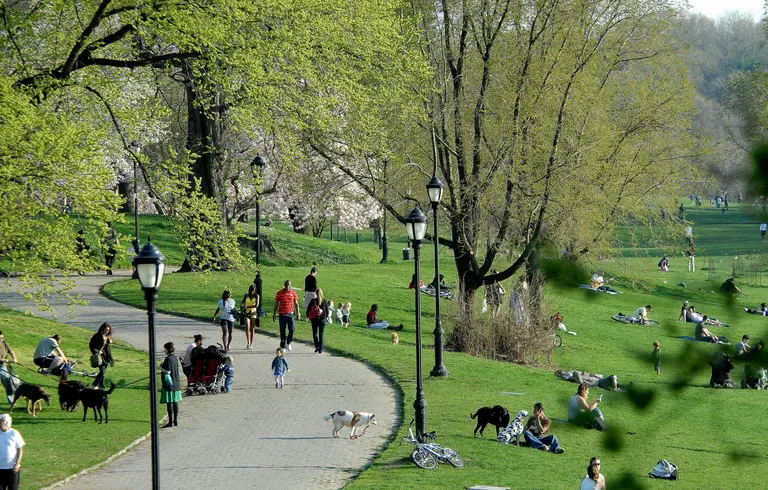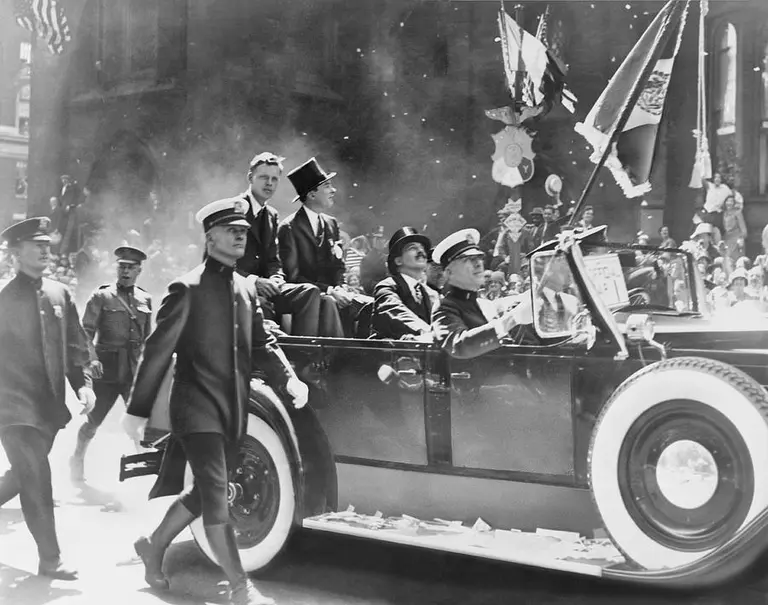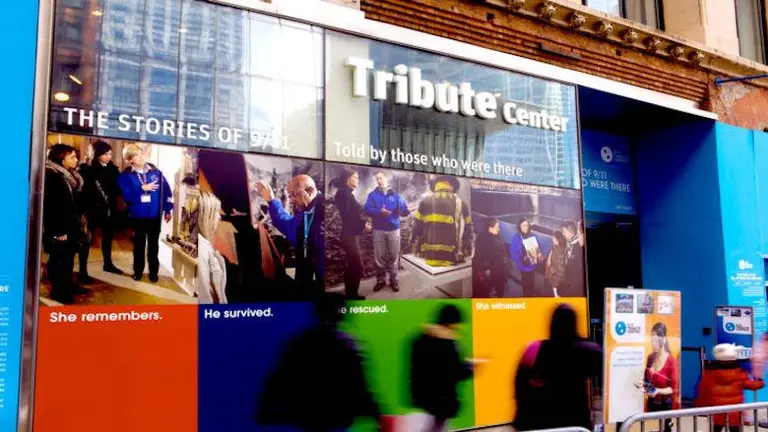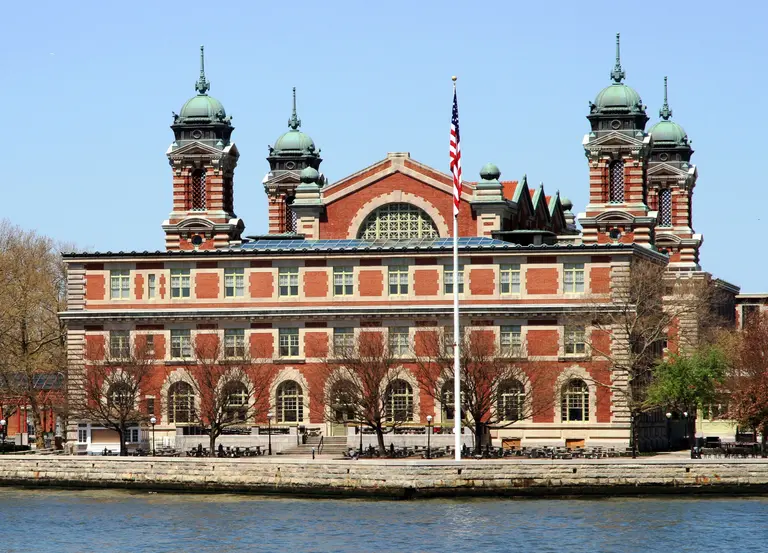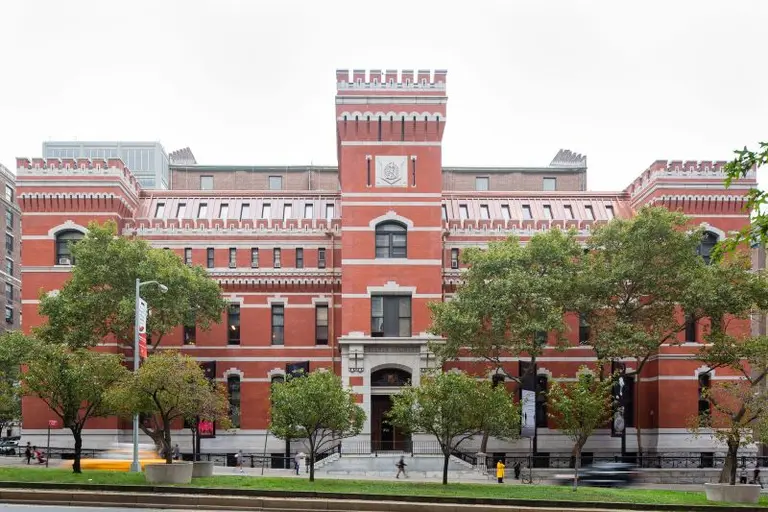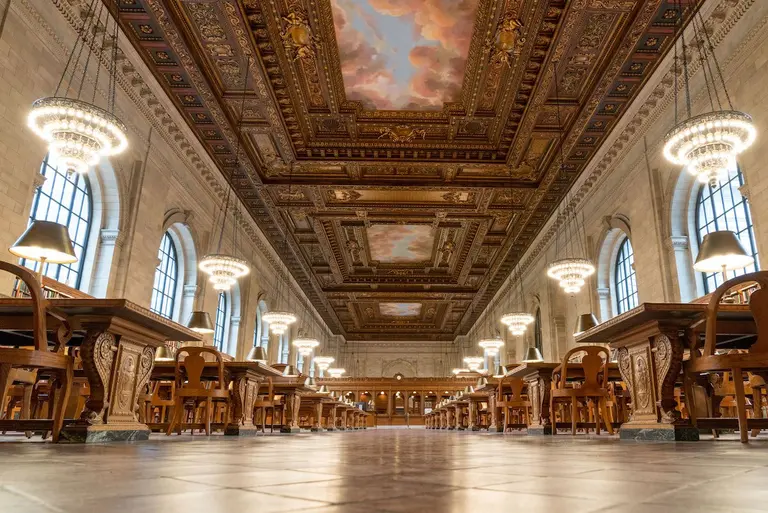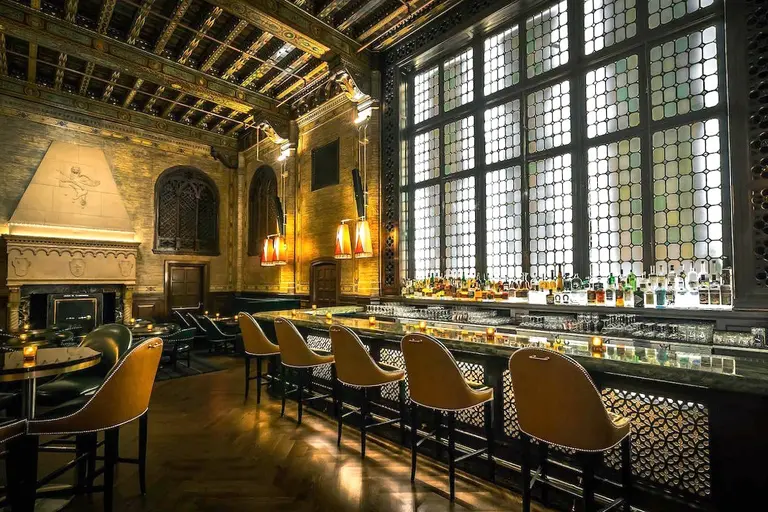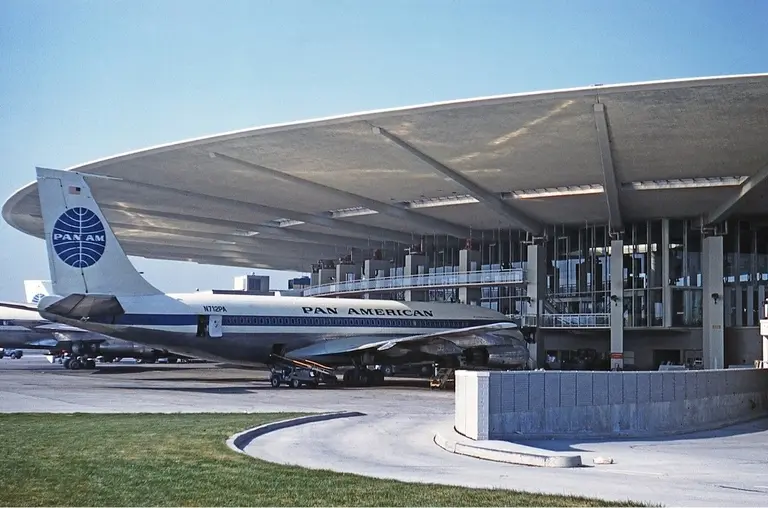May 12, 2017
6sqft’s ongoing series The Urban Lens invites photographers to share work exploring a theme or a place within New York City. In this installment, the Greenwich Village Society for Historic Preservation shares archival images of the gritty Meatpacking District from the 1980s to early 2000s. Are you a photographer who’d like to see your work featured on The Urban Lens? Get in touch with us at
[email protected].
"Few parts of New York City have transformed as dramatically in the last decade or so as the Meatpacking District. Changes in the area are physical as well as spiritual. What was once a deserted ghost town by day, nightlife, sex club, and prostitution hub by night, and bustling workaday center of the Meatpacking industry from early morning to noon is now a glitzy, glamorized center of shopping, dining, tourism, strolling, and arts consumption," says Andrew Berman, executive director of the Greenwich Village Society for Historic Preservation. The organization recently released a collection of archival photos of the neighborhood's post-industrial grit, "before the Whitney, before the High Line, before Apple and Diane von Furstenberg, even before Sex and the City discovered the neighborhood." Ahead, 6sqft shares these images, from the 1980s to the mid-2000s, which document the major transformation that's taken place in just the past decade.
See all the photos here
